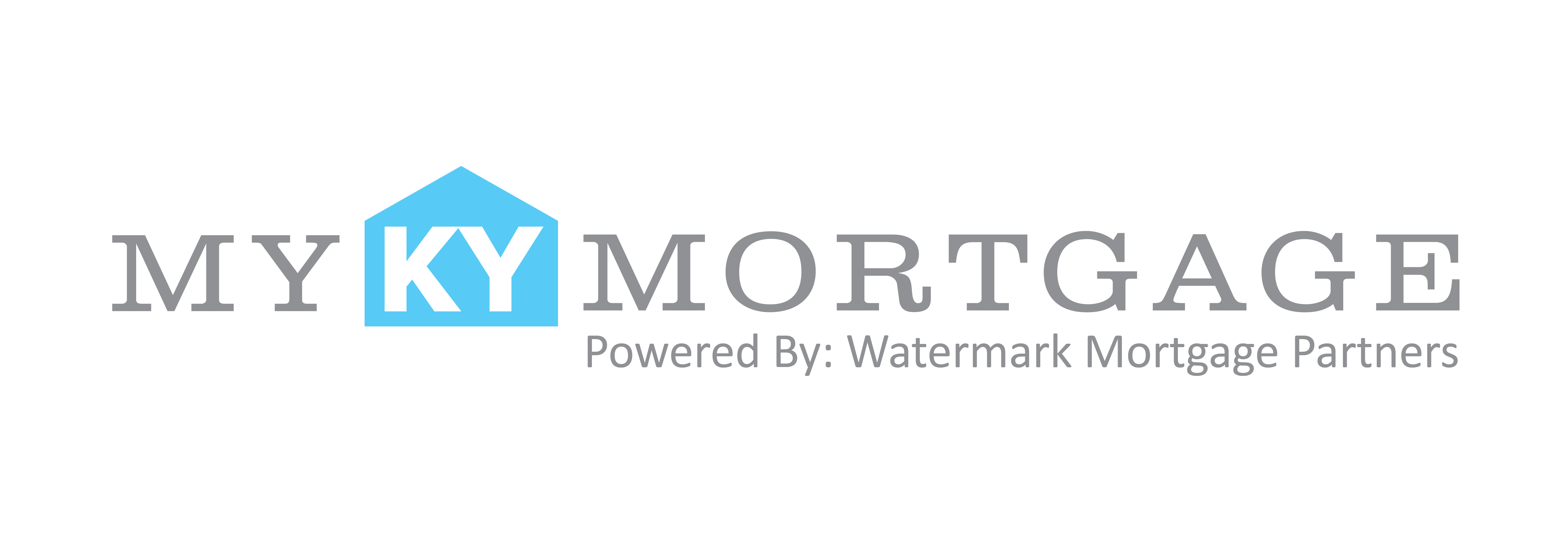Counties with slightly higher than average median home prices, including areas in California, Massachusetts, and Colorado, have seen a raise in loan limits. For the other counties in the United States, the baseline loan limit remains at $417,000.
Freddie Mac has implemented updated rules for condominiums, co-ops, and Home Ready mortgages. The Home Ready program has raised some eyebrows as it counts non-borrowers’ income for qualified homeowners so that they can receive low-down payment loans. Fannie Mae has also made changes regarding foreclosures and bankruptcies.
When it comes to the time you can finance a home after a foreclosure or bankruptcy, there are different rules. According to FHA requirements, you must wait one to three years after a foreclosure, three years after a short sale and deed-in-lieu, and two years after the discharge date of Chapter 7 and Chapter 13 bankruptcies. Regarding a short sale, the waiting period applies if you were delinquent on your payments.
After a foreclosure, short sale, or Chapter 7 bankruptcy, VA requirements state you must wait two years for loan amounts less than $417,000 and wait seven years for loans over this amount. For a Chapter 13 bankruptcy, you must wait one year if the report period elapsed. It is even longer for loans over $417,000.
USDA requirements explain you must wait three years after a foreclosure, short sale, or Chapter 7 bankruptcy. After filing Chapter 13, you must wait two years.
Conventional requirements state you must wait seven years after the completion of a foreclosure, four years after a short sale or Chapter 7 filing, and two years from the discharge date of a Chapter 13 bankruptcy.
HUD released updated policies concerning reverse mortgages. Other exceptions exist as well. If you have a bankruptcy or foreclosure on you record, it is best to consult with a financial expert to learn the exact rules.


